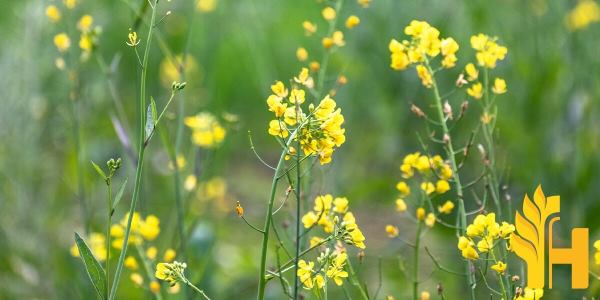Brassica Juncea price

Where to buy and sell Brassica Juncea, lowest (cheapest) and highest price.
check offers buy sell Brassica JunceaToday price for Brassica JunceaBrassica juncea
Brassica juncea, also known under common names as chinese mustard, indian mustard, oriental mustard, or brown mustard, is a plant of the Brassicaceae family. It is a perennial herb usually cultivated as a biennial or annual crop. It can reach up to 1 m in height and its branches are long and erected. Its leaves are usually green with a slight whitish bloom. They are usually ovate with characteristic toothed, frilled edges.It is believed to be native to Asia (northwest India) as well as China, Burma, and Iran. It is widely cultivated in many areas of Euroasia. The largest production takes place in Central Africa, China, India, Nepal, Japan, Pakistan, Bangladesh as well as some parts of southern Russia. It is quite a popular crop and is cultivated in many regions of subtropical and temperate climates.
The leaves of brown mustard are usually used in their raw form and added to various kinds of salads and fresh dishes. Older leaves are usually canned, cooked, or added to potherbs. It is a great addition to ham, soups, stews, and pork. Even though it is an edible plant, mustard is widely cultivated for its seeds that contain lots of essential oil and condiment. Mustard oil is an important part of Indian cuisine. It is often used as a substitute for olive oil and used in the production of cosmetics, lubricants, and hair oils. In low amounts, the oil helps to cease fermentation so it is sometimes added to fresh apple cider. The residue made of the seeds is used in the production of fertilizers as well as animal feed.
Undeniably Brassica Juncea is one of the most nutritious plants. It is low in calories and is a great source of fiber and nutrients. It contains various important minerals such as iron, potassium, calcium, magnesium, zinc, selenium, and phosphorus as well as vitamins (especially vitamins of the B group). It is also a good source of folate. What is more interesting, cooked mustard is a rich source of vitamins A, K but is lower in vitamins C and E.
Thanks to all important nutrients and elements the plant may help with many diseases and improve overall health. It is believed to boost naturally immunology, improve the condition of the eyes and the heart. It contains lots of important antioxidants that help to cleanse the body, protect against various diseases as well as indicate anticancer effects.
Global brassica juncea production
Brassica juncea is a species of mustard plant that is widely cultivated around the world. In 2018, global production of brassica juncea was estimated to be around 8.7 million metric tons. The majority of brassica juncea production takes place in developing countries, with India being the largest producer. China is another major producer of brassica juncea, accounting for around 15% of global production. Other significant producers include Pakistan, Bangladesh, and Nepal. The leaves of brassica juncea are used as a leaf vegetable, while the seeds can be pressed to extract oil. The oil extracted from brassica juncea seeds is used for cooking, as well as in the cosmetics and pharmaceutical industries. Brassica juncea is a species of the mustard plant that is widely cultivated around the world. In 2018, global production of brassica juncea was estimated to be around 8.7 million metric tons. The majority of brassica juncea production takes place in developing countries, with India being the largest producer. China is another major producer of brassica juncea, accounting for around 15% of global production. Other significant producers include Pakistan, Bangladesh, and Nepal. The leaves of brassica juncea are used as a leaf vegetable, while the seeds can be pressed to extract oil. The oil extracted from brassica juncea seeds is used for cooking, as well as in the cosmetics and pharmaceutical industries.Download our new
Husfarm App
Stay up to date with the current prieces of agricultural products all over the world.
Do you want to sell agricultural products?
Are you an Agricultural processor looking for high-quality products to buy?
Post an ad for FREE!
